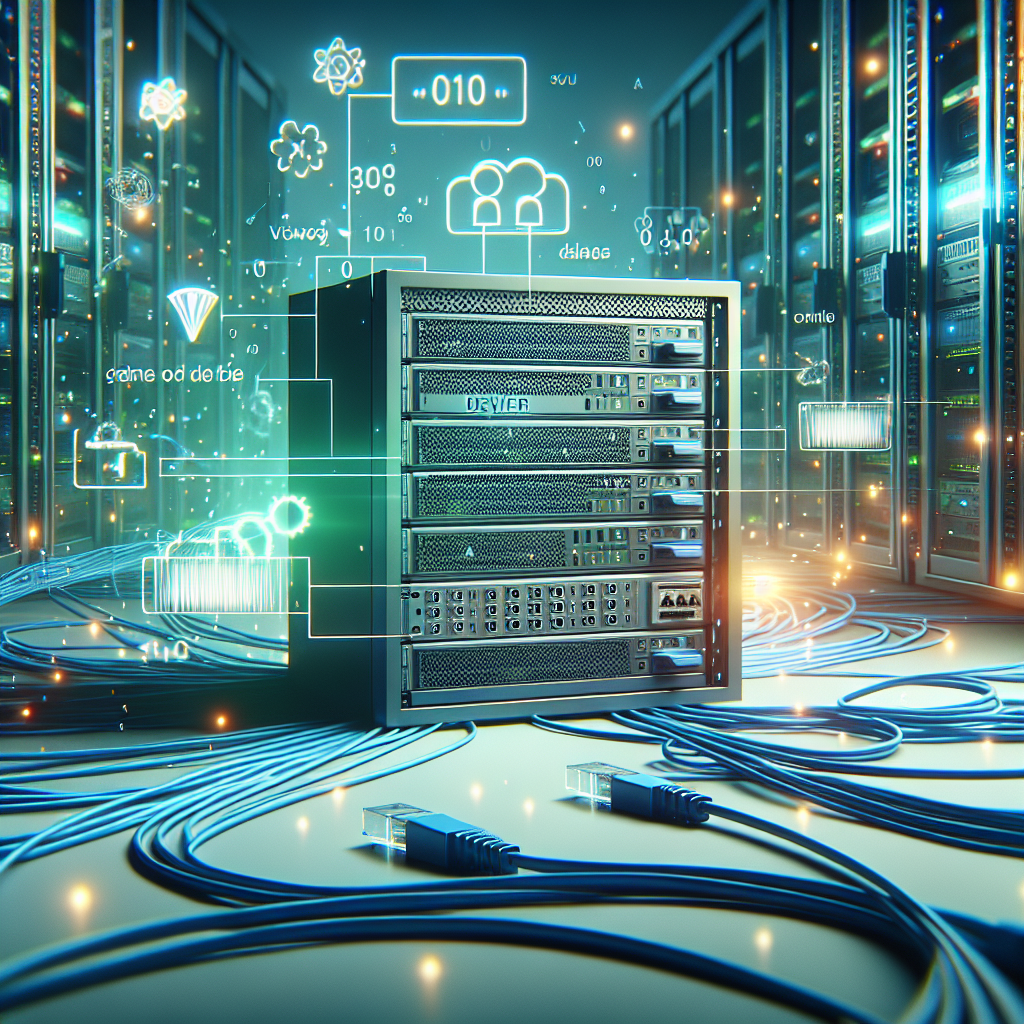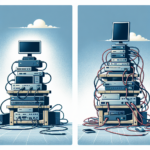Introduction
In today\’s digital age, video streaming has become a crucial part of both personal and business communication. Whether you\’re setting up a home entertainment system, running a live streaming service, or managing a corporate video server, understanding how to set up a device server for video streaming is essential. This comprehensive guide will walk you through the process, from selecting the right hardware to optimizing your server for high-quality video streaming.
Key Requirements
Before you dive into the technical details, it\’s vital to understand the key requirements for setting up a device server for video streaming. These include hardware and software considerations, as well as network configuration.
| Requirement | Details |
|---|---|
| Hardware | High-performance server, adequate storage, professional-grade GPU, reliable power supply |
| Software | Streaming server software (e.g., Wowza, Red5, or Nimble Streamer), video codec support, operating system compatibility |
| Network | High-speed internet connection, router configuration, firewall settings |
Step 1: Select the Right Hardware
Server Specifications
Your server\’s hardware is the backbone of the entire setup. Choose a high-performance server with the following specifications:
- Processor: A multi-core processor, preferably Intel Xeon or AMD EPYC
- Memory: At least 32 GB of RAM for smooth operation
- Storage: SSDs for faster read/write speeds and ample storage capacity
- GPU: A professional-grade GPU like NVIDIA Turing or AMD Radeon Pro for efficient video encoding and decoding
- Power Supply: A reliable power supply unit to ensure uninterrupted streaming
Step 2: Install Necessary Software
Select Streaming Server Software
Installing the right streaming server software is crucial. Some popular options include:
- Wowza Streaming Engine: Offers extensive features and scalability
- Red5: Open-source option with a wide range of capabilities
- Nimble Streamer: Lightweight and efficient for low-latency streaming
After selecting your software, follow the installation instructions provided by the software vendor. Ensure your server\’s operating system is compatible with the chosen streaming software.
Step 3: Configure Network Settings
Internet Connection
Your internet connection is vital for a smooth streaming experience. Aim for a high-speed, stable connection with the following minimum requirements:
- Upload Speed: At least 10 Mbps for HD streaming
- Download Speed: At least 50 Mbps for seamless playback
Router Configuration
Configure your router to optimize it for video streaming:
- Enable port forwarding for the necessary ports used by your streaming software
- Disable any unnecessary services like UPnP and QoS to prioritize video traffic
- Update your router firmware to the latest version for improved performance
Firewall Settings
Your firewall can affect streaming performance. Make sure to:
- Allow traffic on the required ports
- Configure rules to optimize streaming traffic
- Monitor for any potential security threats and adjust settings accordingly
Step 4: Optimize Video Streaming Performance
Video Codec and Quality Settings
The choice of video codec and quality settings can greatly impact streaming performance. Commonly used codecs include H.264 and H.265 (HEVC). Opt for settings that balance quality and bandwidth:
- Resolution: 1080p for high-definition streaming
- Bitrate: 5 Mbps to 8 Mbps for HD video quality
- Frame Rate: 30 fps for smooth playback
Buffering and Latency
Minimize buffering and latency by:
- Adjusting buffer size settings in your streaming software
- Using Content Delivery Networks (CDNs) to distribute video content more efficiently
- Implementing adaptive bitrate streaming to adjust video quality based on viewer\’s internet speed
Step 5: Security Measures
Protect your video streaming server by implementing robust security measures:
- Encryption: Use SSL/TLS to encrypt video streams and protect against data theft
- Access Control: Restrict access to the server with user authentication and IP whitelisting
- Regular Updates: Keep your server\’s software and operating system up-to-date to patch vulnerabilities
Step 6: Testing and Monitoring
Initial Testing
Before going live, thoroughly test your setup to ensure everything works as expected:
- Test different devices and browsers to check compatibility
- Monitor streaming quality and latency under varying network conditions
- Adjust settings as needed based on test results
Ongoing Monitoring
Regularly monitor your server\’s performance to identify and address potential issues:
- Use monitoring tools to track server load, bandwidth usage, and latency
- Set up alerts to notify you of any performance degradation
- Regularly review logs for any unusual activity or errors
Conclusion
Setting up a device server for video streaming requires careful planning and execution. By selecting the right hardware, installing necessary software, configuring network settings, optimizing performance, and implementing security measures, you can ensure a high-quality streaming experience for your audience. Continuous testing and monitoring will help you maintain optimal performance and address any issues promptly. Follow this comprehensive guide to set up your video streaming server successfully.



